Vegetable
All Vegetable Content

Container Gardens and CSAs
Just about all of us have room to grow a few vegetables, as long as you have some space where they can get good sun exposure for at least six hours a day. You don’t even have to have a garden!
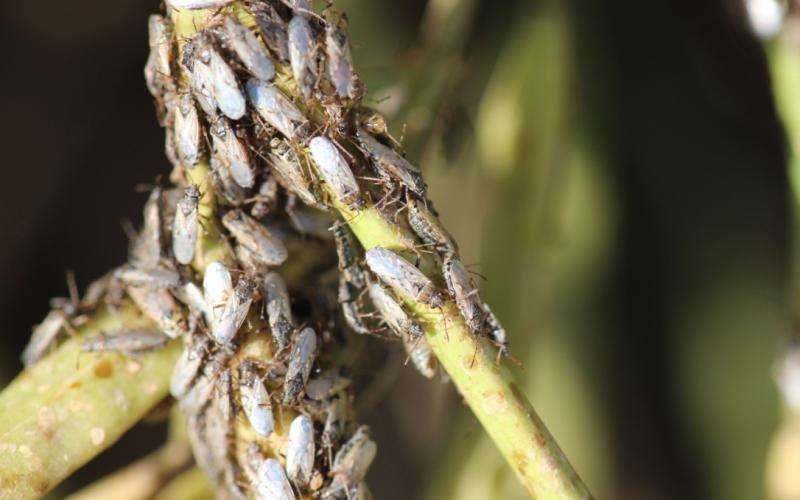
False Chinch Bugs in the Garden
Swarms of false chinch bugs have started appearing in South Dakota this month. Although they are typically only a nuisance pest, their populations can become magnified during cool, wet springs (like this year). In high abundances, false chinch bugs can pose a threat to garden plants, especially Brassica plants such as broccoli, cauliflower, turnips, and cabbage.

Beetles in Your Garden: Friends and Foes
Two types of beetles are increasingly common on vegetable garden this time of the year. Interestingly enough, one is a predator that helps out gardeners getting rid of pestiferous insects while the other is a pest busily munching on the foliage.
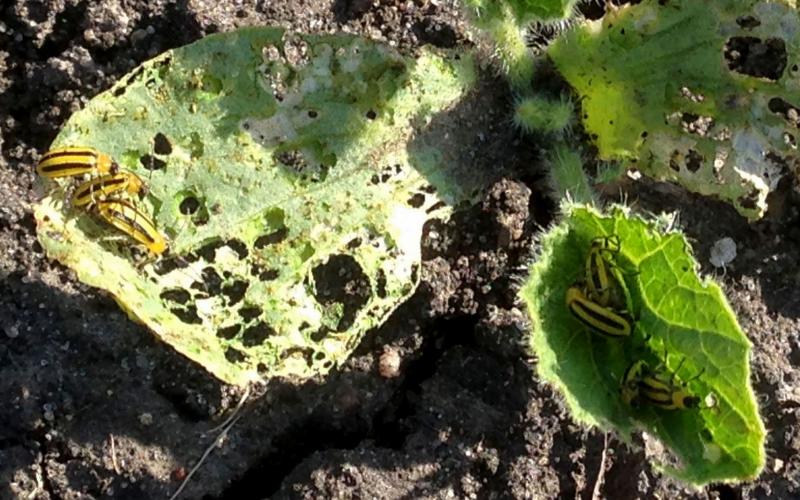
What's Bugging Your Garden? Cucumber Beetles
Striped cucumber beetles are little yellow and black striped beetles that are fairly small, but what they lack in size they make up for in numbers and appetite.
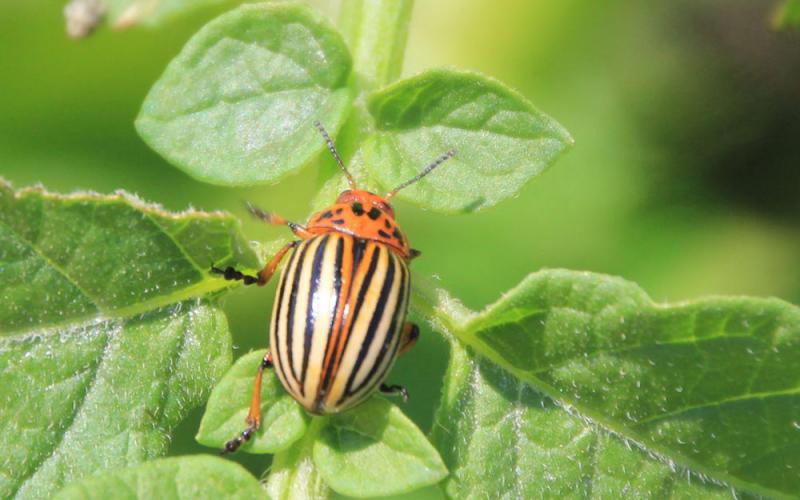
What’s Bugging Your Garden? Colorado Potato Beetles
Colorado potato beetles have become all too common in many home gardens and also in community gardens where potatoes are commonly grown. If left untreated, they can defoliate potato plants, drastically cutting yields of the delicious tubers that so many of us love to eat.
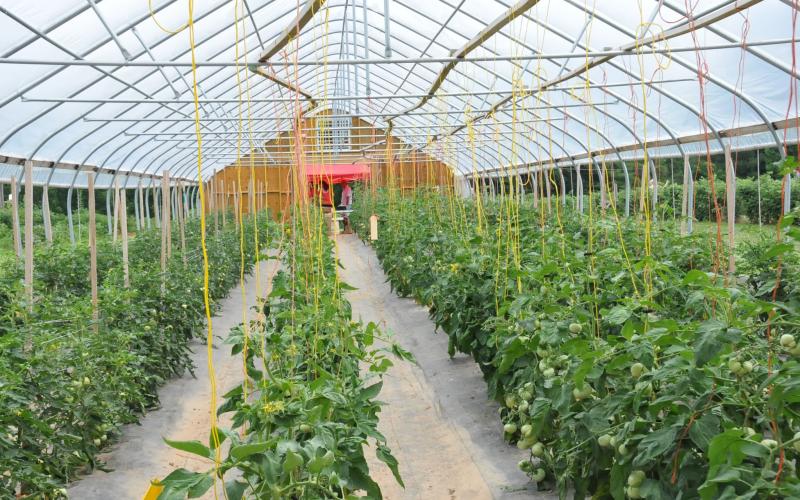
Pollinating Tomatoes in High Tunnels
In field-grown tomatoes the air movement is sufficient to vibrate flowers and achieve pollination. This is not generally true in the high tunnel because there is not sufficient natural wind to vibrate the flowers. High tunnel tomato growers should therefore pollinate their crop by other means.
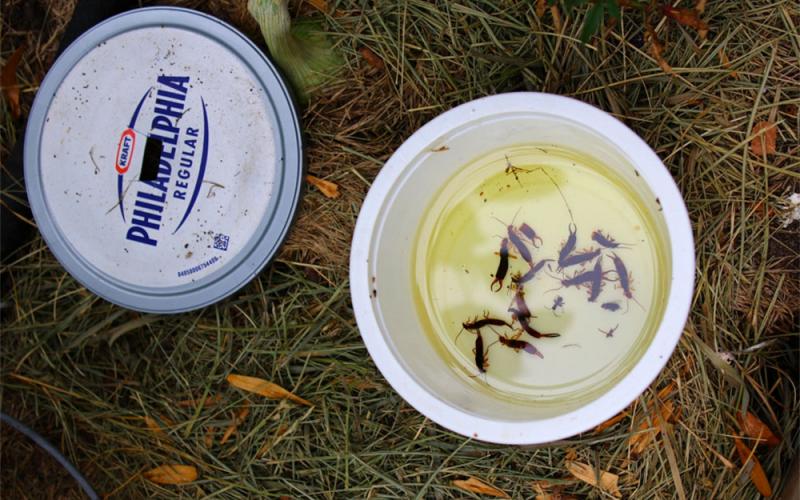
Earwigs in the Garden: Less-Toxic Control Alternative
Since earwigs provide some ecological service as natural enemies, I hesitate to recommend a pesticide application to control it. As an alternative least-toxic solution, bait trapping the earwigs should work to reduce the insect’s population to the non-threatening levels.
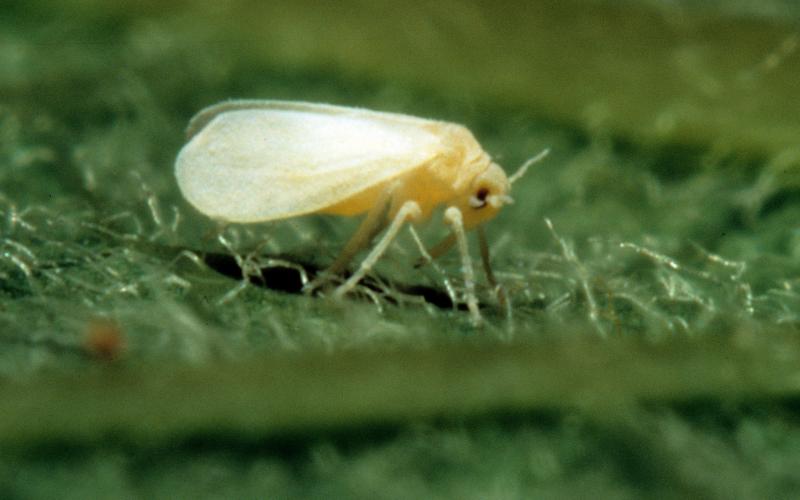
Biological Control of Pests in High Tunnels
Major insect and mite pests in high tunnels include aphids, thrips, white flies, and spider mites. Biological control uses living organisms (natural enemies) to suppress or limit pest populations to levels that do not cause economic injury to the crop.

Healthy Seeds Make Healthy Plants
Saving seeds is a fun and economical way to produce plants for the next year. There are concerns however when saving seeds about seed-borne diseases.
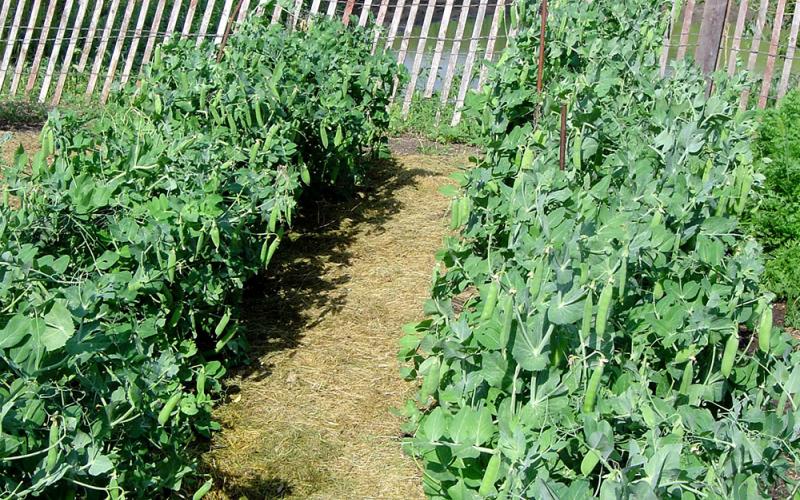
Garden Peas
Peas are one of the first vegetables to be planted in the spring, as they enjoy cooler weather.